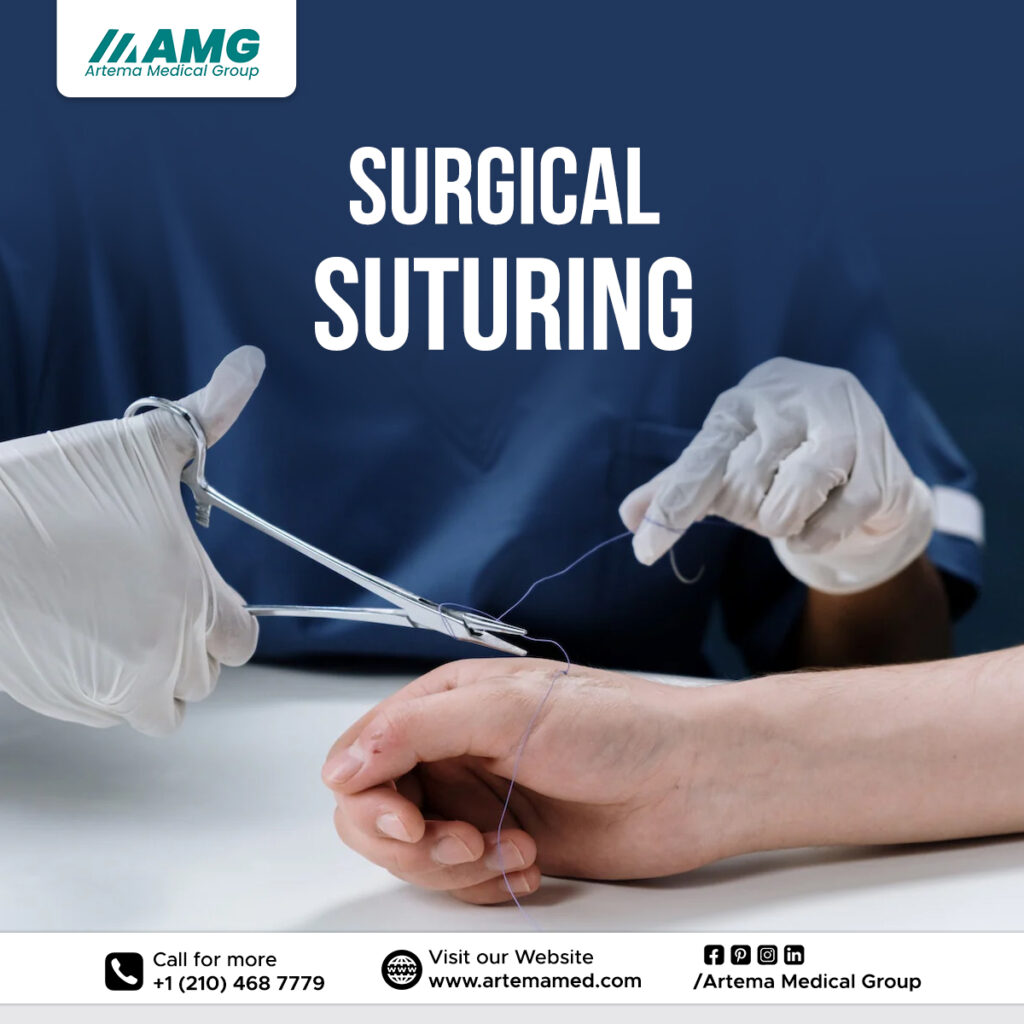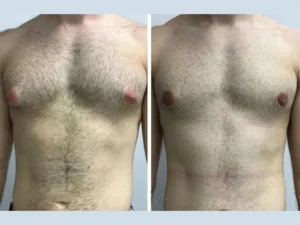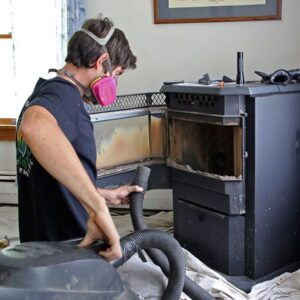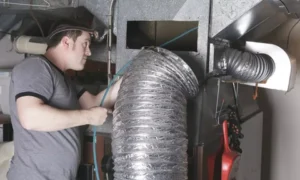
The Importance of Surgical Suturing in Healing
Surgical suturing is a fundamental technique used in surgeries to close wounds and incisions. It allows tissues to heal properly by holding them together after an operation. Without suturing, the body would face a higher risk of infection, blood loss, and delayed recovery. In modern medicine, the role of suturing is more advanced and precise than ever before.
Doctors rely on suturing to bring together skin, muscles, and internal organs. A well-placed suture ensures that healing begins without interruption. It also reduces scarring and helps prevent complications. Whether it is a minor cut or a deep surgical wound, proper suturing plays a major role in ensuring fast and safe recovery.
Enhanced Healing and Reduced Complications
One of the main benefits of surgical suturing is its ability to speed up the healing process. When a wound is closed properly, the tissues are aligned in a way that helps cells grow and repair faster. This lowers the chances of infection and other complications.
Suturing also controls bleeding by closing blood vessels during surgery. This is essential for maintaining a clean and safe surgical site. In addition, surgical sutures protect the wound from outside bacteria and keep it dry, further reducing the risk of infection. Proper suturing shortens hospital stays and improves the overall outcome of surgeries.
How Absorbable Sutures Improve Recovery
Absorbable sutures are designed to dissolve inside the body over time. They eliminate the need for suture removal, making the healing process more comfortable for patients. These sutures are especially useful for internal tissues where it’s hard to reach after the operation.
The materials used in absorbable sutures break down safely without harming the body. They maintain strength for the needed time and then naturally disappear. This is helpful in surgeries involving the stomach, intestines, uterus, and other internal organs. By using absorbable sutures, doctors can ensure less post-surgery care and lower the risk of infection from external exposure.
Types of Suture Needles and Their Specific Uses
The success of surgical suturing also depends on the type of needle used. There are different types of suture needles, each designed for specific tissues and procedures. Curved needles are often used in deeper tissues because they allow better control and access. Straight needles, on the other hand, are suitable for surface skin closures.
Cutting needles have sharp edges to penetrate tough skin or fibrous tissue. They are often used in orthopedic or plastic surgery. Tapered needles are smooth and pass easily through soft tissues like muscles or fat without causing damage. Blunt needles are used in delicate organs where minimal trauma is needed. Knowing when and where to use the right needle can make the suturing process faster, more effective, and less painful.
Strength and Durability of Surgical Sutures
Surgical sutures are made to be strong and durable. They must hold tissues firmly even under tension or movement. This strength is vital for wounds in areas that move often, like joints or muscles. A strong suture ensures that the wound stays closed until the body has healed.
Even absorbable sutures offer lasting support for the time needed before they dissolve. Non-absorbable sutures, which remain in the body until removed, are used when long-term strength is needed. They are ideal for external skin closures or in places where healing takes longer. The materials used in sutures are tested for quality and safety, making them reliable tools in surgical care.
Better Aesthetic Outcomes with Proper Suturing
Surgical suturing does more than heal; it also improves the final look of the wound. A neat and precise suture reduces scarring and promotes better cosmetic results. In surgeries where appearance is important, such as plastic surgery, the method of suturing is carefully chosen to blend with natural skin lines.
Techniques like subcuticular sutures are used beneath the skin for a smooth surface after healing. By placing the right sutures at the right depth, surgeons can create clean and almost invisible scars. This not only improves physical appearance but also boosts patient confidence after recovery.
Comfort and Safety for Patients
Patients benefit greatly from modern surgical suturing methods. With the use of absorbable sutures, many patients avoid the pain and hassle of having stitches removed. This is especially helpful for children or those undergoing surgery in sensitive areas.
In addition, the use of appropriate types of suture needles minimizes pain and tissue damage. Surgeons are trained to use gentle techniques that reduce swelling and bruising. As a result, patients experience less discomfort and a faster return to daily activities.
Suturing in Emergency and Critical Care
In emergency rooms, fast and effective surgical suturing can save lives. Deep wounds caused by accidents or trauma require quick closure to stop bleeding and protect vital organs. Sutures help restore the body’s structure and prevent further injury.
In critical care, such as during heart or brain surgeries, precise suturing is vital. Surgeons must close tissues accurately to avoid any leaks or damage. The ability to suture well in these situations is a key skill that supports patient survival and long-term health.
Advancements in Suturing Technology
With time, suturing has become more advanced thanks to new tools and materials. Modern sutures resist infection, stay strong for longer periods, and are easier to handle during surgery. Some even change color to show if the wound is healing well.
Robotic and laparoscopic surgeries use small tools for suturing in tight spaces. Surgeons now have better control and can place sutures more accurately. These advancements make surgeries safer and recovery faster. As technology grows, the future of surgical suturing looks even more promising.
Conclusion: A Critical Step in Successful Surgery
Surgical suturing is more than just stitching a wound—it is a vital step that determines how well the body heals. It offers many benefits, including reduced infection risk, faster healing, and better cosmetic results. The use of absorbable sutures makes the process easier for both doctors and patients, while the proper types of suture needles ensure safer and more accurate procedures.
Every successful surgery depends on careful and skilled suturing. As medical science continues to improve, so will the quality and effectiveness of this essential technique.
To explore premium-quality surgical sutures and instruments, visit Artema Med.





